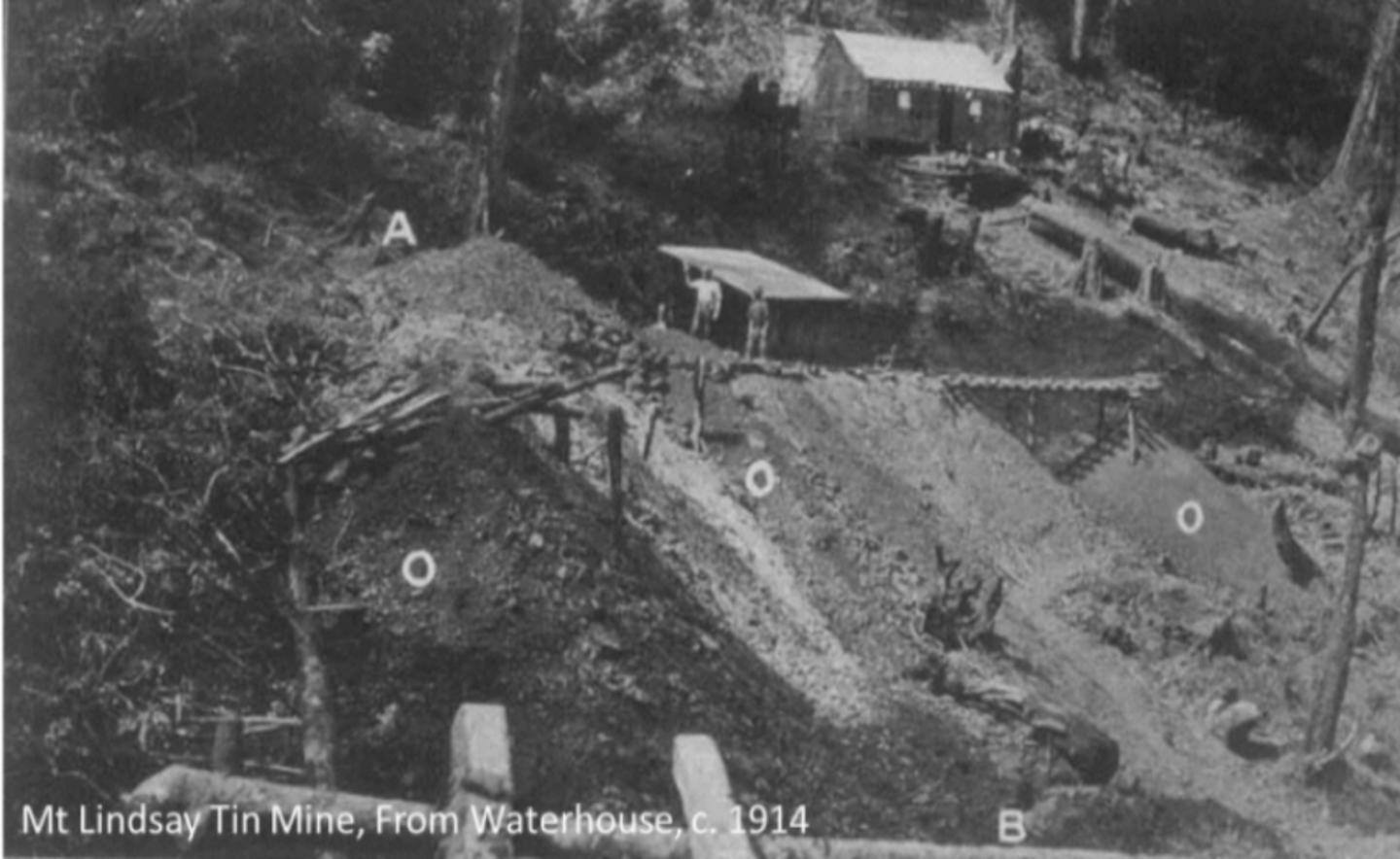Venture Minerals has unveiled hopes of supplying boron to global markets after identifying large-scale borate-hosted tin and boron zones throughout its Mount Lindsay skarn mineralisation system in northern Tasmania. Venture appraised 102 historic diamond drill intersections to identify borate tin-boron zones not previously assessed in any mining studies at Mount Lindsay. Boron is critical in the solar panel and electric vehicle industries.

Venture Minerals has unveiled hopes of supplying boron to global markets after identifying large-scale borate-hosted tin and boron zones throughout its Mount Lindsay skarn mineralisation system in northern Tasmania.
The company appraised 102 historic diamond drill intersections from the Livingstone, Waterhouse, Reward and Big Wilson tin-tungsten-magnetite skarns to identify tin-boron zones not previously assessed in any mining studies at Mount Lindsay. Management believes the discovery could enhance its project economics.
Boron is a critical mineral in the solar panel industry and up to 50kg of it is used in each new electric vehicle. The borate minerals identified by Venture occur within the current Mount Lindsay resource base and more extensively in skarns surrounding the company’s current tin-tungsten deposits.
Best results from drill intersections at the main Mount Lindsay skarn include 142.28m at 1.06 per cent boron, 0.28 per cent tin, 22.8 per cent iron and 0.08 per cent tungsten trioxide from 138m downhole. Other notable results include 101.22m at 0.67 per cent boron, 0.2 per cent tin, 21.5 per cent iron and 0.01 per cent tungsten trioxide from 36m downhole at the Mount Lindsay No.2 skarn.
At the Waterhouse skarn, a massive 211.2m had at 0.61 per cent boron, 0.11 per cent tin, 19.5 per cent iron and 0.01 per cent tungsten trioxide from 299m downhole. At the Livingstone skarn, a 41.3m intersection had 0.88 per cent boron and 0.28 per cent tin from 196m, while an 18m intersection at Big Wilson had 1 per cent boron and 0.48 per cent tin from 211m.
Venture believes the inclusion of tin-rich borates into the current underground feasibility study could be a major economic enhancement through the recovery of boron, tin and iron it has not previously anticipated.
The company believes the Mount Lindsay area skarns are analogous to well-known skarn deposits in Russia and China. Management recently received its commissioned CSIRO report confirming that both China and Russia commercially extract large volumes of boron, tin and iron from these deposits.
Boron is included in the European Commission’s recently-crafted Critical Raw Materials Act and is considered vital to green energy transition, according to Venture.
googletag.cmd.push(function() { googletag.display('bn-dfp-article-lb2-advert'); });After identifying the tin-rich borates, the company has broadened its metallurgical work to include borates in the mine design for the Mount Lindsay underground feasibility study. Metallurgical testwork will focus on tailings streams from the existing processing flowsheet, which the company says has the economic advantage of having already been mined and processed.
Venture Minerals managing director Andrew Radonjic said: “In addition to being a significant tin-tungsten deposit, Mount Lindsay has the potential to be a large-scale Boron project, similar to producing projects in China and Russia. The Company will now look to define the process of extracting the Boron along with the other already proven Critical Minerals Tin and Tungsten. Venture looks forward to continuing to advance its feasibility studies and delivering results at its flagship Mount Lindsay Project over the coming months.”
Venture said the 2012 Mount Lindsay open pit study had a processing flowsheet that could only recover tin that occurs in the mineral cassiterite, limiting the revenue the metal could generate. Previous bulk metallurgical testwork identified the potential to recover tin that sits within the tin-iron borates that make up a significant portion of the Mount Lindsay mineral resource.
New metallurgical testwork will continue to investigate the extraction of tin, boron and iron from the borates, with a view to significantly increasing the tin recovery and producing a valuable boron by-product.
Skarn boron deposits in China are reported to have an average grade of 2 per cent boron, although tin, tungsten and iron grades were not reported. Boric acid prices have risen in the past year and now stand at US$1200 (AU$1784) per tonne. To convert boron concentration to boric acid the number needs to be multiplied by 5.72.
If Venture’s metallurgical testwork can prove up economic extraction of the borate-hosted metals, it could be the circuit breaker that propels the Mount Lindsay project forward. It will be watched with interest.
Is your ASX-listed company doing something interesting? Contact: matt.birney@businessnews.com.au
















